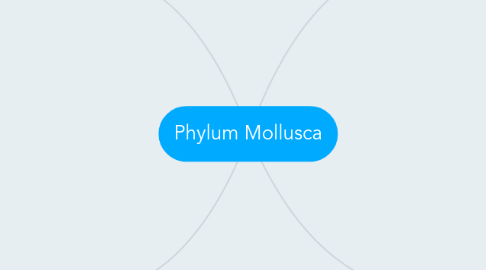Phylum Mollusca
by Courtney Schmitz

1. Cephalopoda
1.1. Body: Head is surrounded by a foot divided into tentacles. Can either have a shell or no shell. Color may change.
1.2. How/What it Eats: Most have beaks with which to tear or bite with.
1.3. Movement: Creeping, swimming with specialized fins and by squirting jets of water from an interior cavity.
1.4. Picture: http://tolweb.org/tree/ToLimages/cephcombo.250a.jpg
2. Bivalvia
2.1. Body: Two halves to the shell.
2.2. How/What it Eats: Suspension feeders
2.3. Movement: Most burrow into the sand
2.4. Picture: http://www.evrimteorisi.info/repository/fossil/alive/SY_bivalvia_1.jpg:
3. Gastropoda
3.1. Body: Largest of the classes. Shell has 3 layers. Outer-fibrous to distribute shock. Middle-strong crystalline calcium carbonate for strength. Inner-smooth calcium carbonate to provide a nonabrasive surface.
3.2. How/What it Eats: Grazers and suspension feeders
3.3. Movement: Gastropod (gaster = stomach; pod = foot). Like a snail.
3.4. Picture: http://bogleech.com/nature/gastropoda-spanishdancer.jpg
4. Polyplacophora
4.1. Body: Oval shaped. 2-8 cm long.
4.2. How/What it Eats: Rasp-like mouth parts to remove algae from rocks.
4.3. Movement: Shell consists of 8 articulating plates
4.4. Picture: http://www.jaxshells.org/1215ppis.jpg


